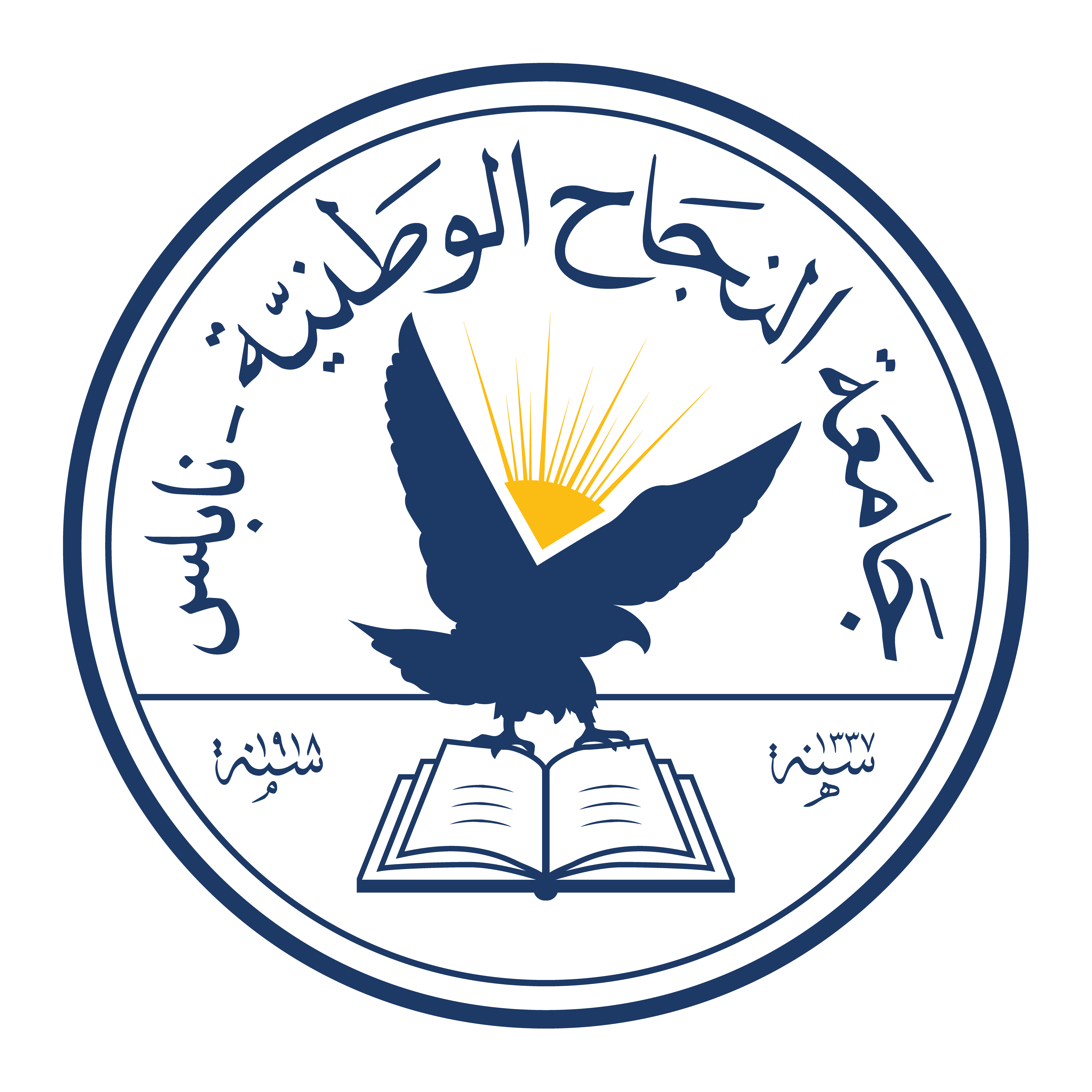
Abstract
The study aimed to identify the changes in the overall reproductive rates of women in Jordan by identifying their knowledge of different family planning methods including: knowledge of Jordanian women of means of family planning (modern and traditional) and their use; knowledge of the fertilization period and sources of knowledge; the need for family planning and the future use of means. It also aimed to identify factors influencing it including level of education, place of residence, etc. through a comparison between the years 2002 and 2012. It also aimed to know if there is a statistically significant correlation between women's knowledge of different means of family planning and socio-economic and demographic characteristics. The researcher adopted the analytical descriptive approach to achieve the study’s objectives by analyzing results of the "Population and Family Health" surveys for the years 2002 and 2012 in Jordan issued by the Department of Statistics. The results showed that there was a rise in the percentage of Jordanian women's knowledge and their use of family planning methods throughout the years of study. The high level of knowledge was accompanied by increased knowledge resources represented by different media channels (television, newspapers, magazines, brochures, radio, in addition to knowledge acquired by women within their communities) and in high percentages. Health workers also played an increasing role in informing women of family planning and the implications of their use, which was supported in 2012 through woman's visit by a health worker to discuss family planning during 12 months.There was also a correlation between women's knowledge and use of family planning methods with their demographic characteristics. There was no correlation between the increase in women's knowledge of family planning methods, their desire to have more children or not and their expectations of using family planning methods in the future and their place of residence and their level of education, husband's level of education and the value of women's income. The study suggested a number of recommendations including focusing on conscious understanding of women’s needs and desires, giving sufficient time and building bridges of trust between the service provider, the wife and her husband considered as one of the most important factors in raising the quality of family planning services, and to raise the rates of use, in addition to the importance of adopting the design and implementation of an educational program for young people of both sexes being the category that need the most such campaigns and information.
Recommended Citation
Muhaidat, Motaz and El-Kharouf, Amal
(2020)
"Change in the Overall Fertility Rates of Jordanian Women in Light of the Use of Family Planning Methods: A Comparative Study,"
An-Najah University Journal for Research - B (Humanities): Vol. 32:
Iss.
3, Article 7.
Available at:
https://digitalcommons.aaru.edu.jo/anujr_b/vol32/iss3/7

